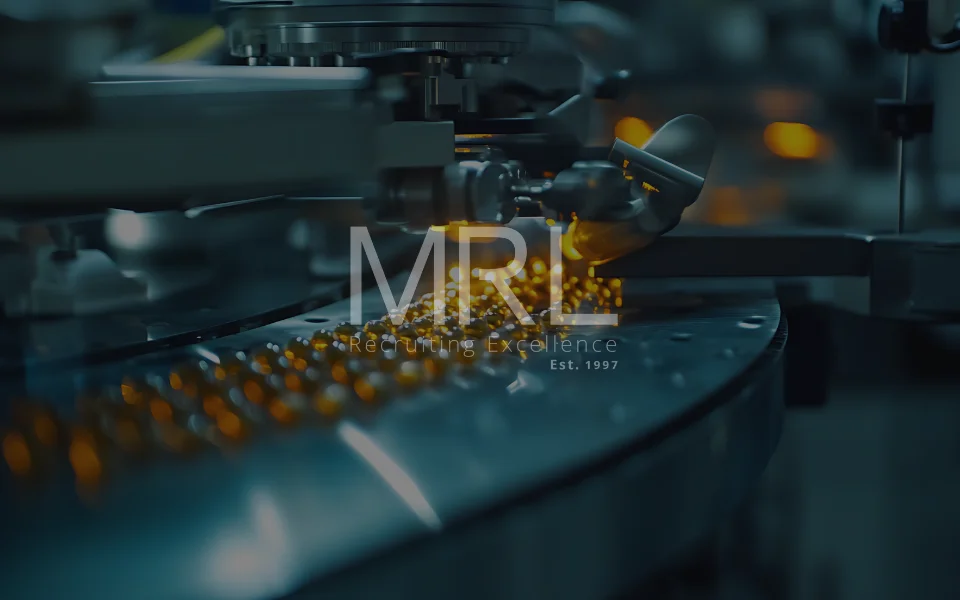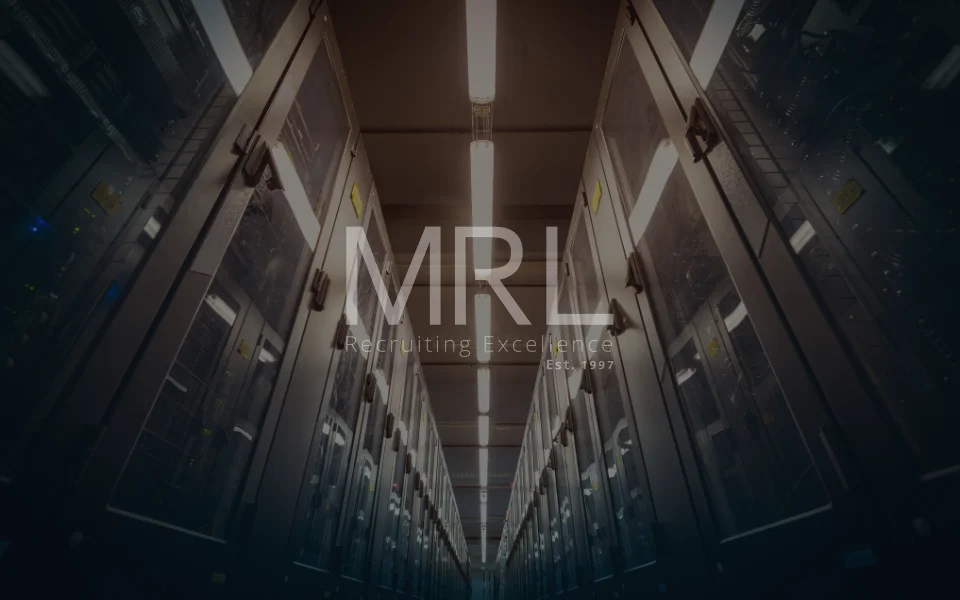Global Regulatory Trends for 2025: What Life Sciences Companies Need to Know
13 Feb, 20255 minsWith the life sciences industry ever-growing, keeping ahead of regulatory changes is importa...

With the life sciences industry ever-growing, keeping ahead of regulatory changes is important for companies and professionals. As we enter 2025, global agencies like the FDA, EMA, and MHRA are coming out with new guidelines and structures that are looking to shape the future of pharmaceuticals, medical devices, and biotechnology. Here’s what you need to know for the year ahead.
FDA: Embracing Digital Health and Advanced Therapeutics
The U.S. Food and Drug Administration (FDA) is taking remarkable steps to allow the quick advancements in digital health and advanced therapeutic approaches. In 2025, expect a stronger focus on:
Digital Health Technologies: The FDA’s Digital Health Centre of Excellence is improving guidelines for software as a medical device (SaMD), wearable health technologies, and AI-driven diagnostics. Companies should prepare to be examined on data security, interoperability, and real-world evidence.
Cell and Gene Therapies: With a rise in cell and gene therapy applications, the FDA is strengthening its review processes to make sure of timely approvals without effecting safety. The agency plans to release updated guidance on Chemistry, Manufacturing, and Controls (CMC) for these therapies, focusing on tough quality assurance measures.
Post-Market Surveillance: The FDA is expanding its use of advanced analytics to monitor products post-approval. Life sciences companies must make sure that strong pharmacovigilance systems are in place to meet the evolving requirements.
EMA: Prioritising Sustainability and Patient-Centricity
The European Medicines Agency (EMA) is combining its regulatory priorities with a wide scope of European Union initiatives, such as the European Green Deal and the Pharmaceutical Strategy for Europe. Key trends are:
Sustainability in Manufacturing: The EMA will apply stricter guidelines on the environmental impact of pharmaceutical production. Companies can anticipate new requirements for waste management, emissions reporting, and sustainable sourcing of raw materials.
Patient-Centric Innovation: The EMA continues to focus on patient engagement within the regulatory process. This includes merging patient-reported outcomes in clinical trials and involving patient advocacy groups in the early stages of drug development.
Efficient Regulatory Pathways: In 2025, the EMA plans to expand initiatives like the PRIME scheme to speed up the development of therapies for unmet medical needs. This highlights the importance of early engagement with regulators to optimise approval timelines.
MHRA: Navigating the Post-Brexit Landscape
The UK’s Medicines and Healthcare products Regulatory Agency (MHRA) is carving out its regulatory identity post-Brexit. For 2025, key areas of focus are:
Innovative Licensing and Access Pathway (ILAP): The MHRA is developing its ILAP structure to support quick access to innovative medicines. This includes collaboration with stakeholders across the healthcare ecosystem to align on market access strategies.
Global Harmonisation: To remain competitive on the global stage, the MHRA is increasing efforts to harmonise with international standards, including ICH guidelines. This should provide more clarity for companies navigating both UK and global markets.
Decentralised Clinical Trials: Following lessons learnt from the pandemic, the MHRA is promoting decentralised and hybrid clinical trial models. Companies should make sure they’re equipped to handle virtual trial technologies, data integrity challenges, and diverse patient recruitment.
Key Takeaways for Life Sciences Companies
The regulatory landscape for 2025 is defined by innovation, sustainability, and globalisation. Here’s how companies can prepare:
Invest in Regulatory Intelligence: Staying informed about global trends and engaging with regulators can provide a competitive edge.
Leverage Technology: From advanced analytics to AI-driven compliance tools, technology will play a critical role in meeting new regulatory demands.
Focus on Collaboration: Whether it’s engaging patients or aligning with cross-border standards, collaboration is key to navigating the challenges of modern regulations.
For life sciences companies and professionals, 2025 presents both challenges and opportunities in the regulatory niche. As agencies like the FDA, EMA, and MHRA continue to evolve their structures, staying informed and up-to-date will be essential. By prioritising innovation, sustainability, and patient-centric approaches, the industry can not only meet regulatory demands but also drive meaningful progress in global health.
Visit the MRL website today and explore interesting professional prospects within the life sciences industry.





